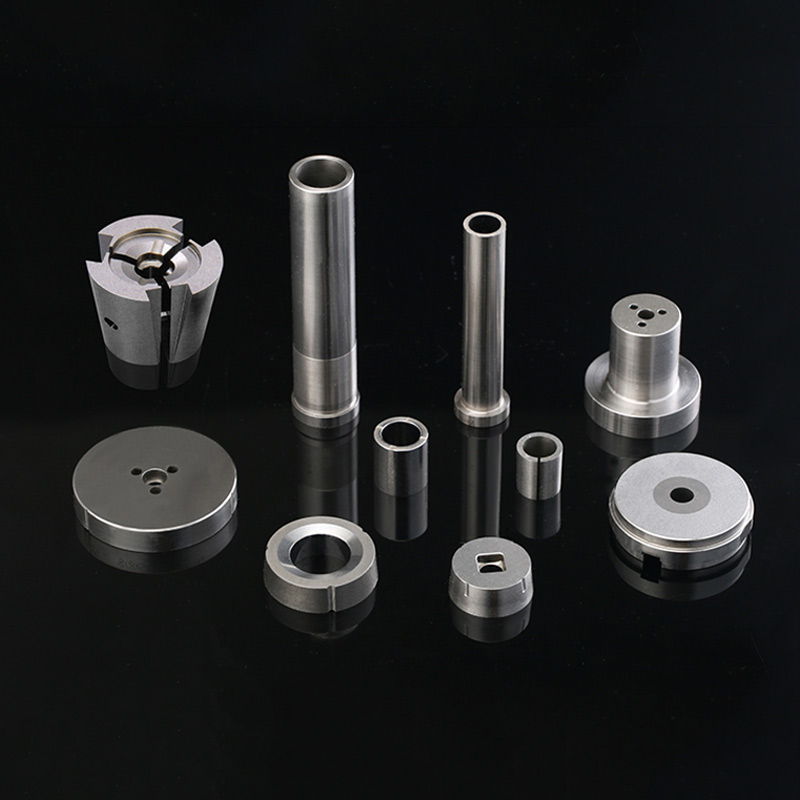Fastener Dies: Technical Overview and Applications
What are Fastener Dies?
Fastener Dies are precision tooling components used in cold forming machines to manufacture threaded fasteners such as bolts, screws, and rivets. These hardened steel tools shape metal wire through successive forming operations at room temperature, achieving tolerances as tight as ±0.005 mm for critical dimensions. The dies typically consist of multiple stations that progressively form the workpiece, with first-stage dies reducing wire diameter by 15-25% and final forming dies achieving net-shape geometries. Modern fastener dies are manufactured from premium tool steels like AISI D2 or M2, hardened to 60-64 HRC, with specialized coatings such as TiN or CrN providing surface hardness exceeding 80 HRC.
Key technical characteristics of high-performance fastener dies:
Surface finish: Ra 0.1-0.2 μm for reduced friction and improved part ejection
Fatigue life: 500,000-2,000,000 cycles depending on material and forming loads
Operating pressures: 150-250 tons for standard fastener production
Temperature resistance: Maintain dimensional stability up to 300°C during continuous operation
Concentricity: ≤0.01 mm TIR for precision aerospace fasteners

Application Scenarios
Fastener dies serve critical roles across multiple industries:
Automotive Manufacturing
In automotive production lines, progressive dies form engine bolts with M6-M20 threads at speeds exceeding 300 parts/minute. Specialized dies produce wheel hub bolts with 10.9-12.9 strength grades, achieving tensile strengths over 1,200 MPa through controlled cold working.
Aerospace Components
Aerospace fastener dies manufacture close-tolerance fasteners meeting NASM/ASME standards, with thread pitch accuracies of ±0.002 mm. Multi-stage dies form titanium fasteners requiring 450°C preheating of billets to reduce flow stress during forming.
Electronics Assembly
Micro-forming dies produce miniature fasteners as small as M0.6 for PCB mounting, utilizing Tungsten Carbide inserts to maintain edge sharpness below 5 μm radius.
Construction Hardware
High-volume dies form anchor bolts up to M36 diameter, with special cavity designs to create ribbed shafts achieving 25% higher pull-out resistance compared to smooth shanks.
Maintenance Procedures
Proper maintenance extends die life and maintains part quality:
Cleaning Protocol
After each production run (8-12 hours), dies require:
Ultrasonic cleaning in pH-neutral solutions at 40-50°C
Compressed air drying at 2-3 bar pressure
Application of rust-preventive oils with 0.01-0.03 mm film thickness
Wear Inspection
Measure critical dimensions weekly using:
Optical comparators with 5 μm resolution
Surface roughness testers tracking Ra values
Hardness testers verifying HRC specifications
Reconditioning Process
When wear exceeds 0.02 mm on forming surfaces:
Regrind cavities maintaining 0.5-1° draft angles
Reapply PVD coatings at 3-5 μm thickness
Re-establish sharp edges with 0.05 mm radius maximum
Storage Requirements
Idle dies should be:
Stored in 20-25°C temperature-controlled environments
Maintained at 40-50% relative humidity
Protected with vapor-corrosion inhibitor papers
Operational Best Practices
To maximize die performance:
Implement 5-10% stepped load increases during initial setup
Maintain 20-30°C lubricant temperature
Monitor punch penetration depth within ±0.003 mm
Schedule thermal equalization pauses every 4 hours in continuous runs











